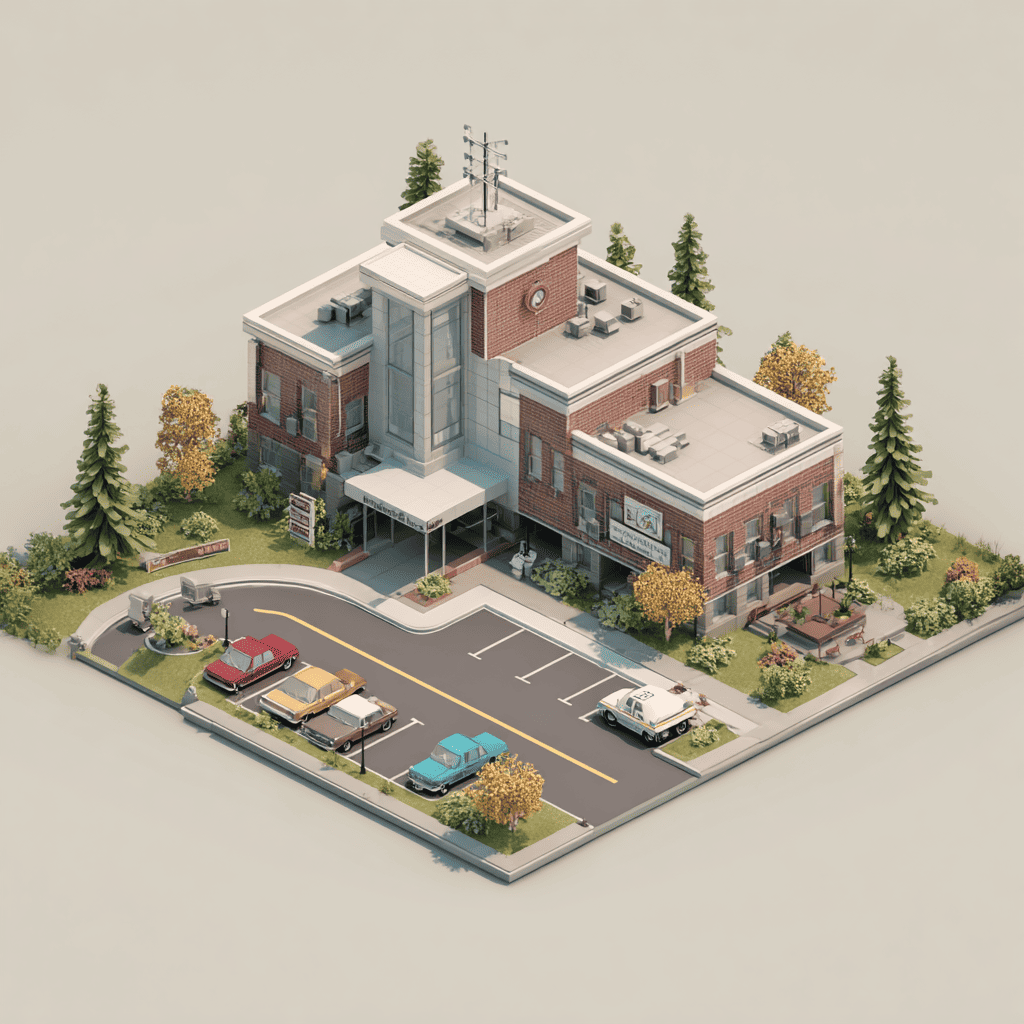The journey of recovery is evolving, embracing a new paradigm where advanced technology and timeless wellness practices converge to create unprecedented healing opportunities. Today’s most effective treatment centers are no longer forced to choose between clinical rigor and compassionate care; they can now harness both through intelligent integration of innovative tools. This synergistic approach is beautifully exemplified at leading centers like changeshealingcenter.com/luxury-substance-treatment-in-scottsdale-arizona/, where technology enhances rather than replaces the human connection at the heart of transformation. The result is what we might call a “tech-forward sanctuary”—an environment where cutting-edge therapy and holistic wellness work in concert to accelerate and deepen the recovery journey.
This integration represents a significant leap forward in addiction treatment. Rather than creating a cold, clinical atmosphere, technology is being deployed to create warmer, more personalized, and more effective healing experiences. It allows clinicians to understand clients better, tailor treatments more precisely, and provide support that extends far beyond the treatment center’s walls.
The Quantified Self: Biofeedback And Neurofeedback For Self-Mastery
 One of the most exciting technological advancements in recovery is the use of biofeedback and neurofeedback. These therapies transform the abstract concept of “self-regulation” into a tangible, visual experience that clients can actively practice and master.
One of the most exciting technological advancements in recovery is the use of biofeedback and neurofeedback. These therapies transform the abstract concept of “self-regulation” into a tangible, visual experience that clients can actively practice and master.
Biofeedback uses non-invasive sensors to monitor physiological functions such as heart rate variability, skin temperature, and muscle tension. Clients see these readings in real-time on a screen, and through guided breathing and mindfulness techniques, they learn to consciously influence their body’s stress response. Watching their heart rate decrease or their body temperature increase as they practice calming techniques provides immediate, powerful validation of their ability to manage anxiety and cravings.
Neurofeedback takes this a step further by training the brain itself. Often called “brain training,” this therapy uses EEG sensors to monitor brainwave activity. While watching a movie or listening to music, the media plays smoothly when the brain produces desirable wave patterns and subtly pauses when it shifts into dysregulated patterns associated with stress, inattention, or impulsivity. The subconscious brain learns to adjust its activity to maintain the reward of continuous play. Over time, this can lead to improved emotional regulation, reduced anxiety, enhanced focus, and better sleep—all critical foundations for sustainable recovery.
Immersive Healing: Virtual Reality For Exposure And Resilience
Virtual Reality (VR) technology has moved beyond gaming to become a powerful therapeutic tool. In the safe, controlled environment of a treatment center, VR allows clients to gradually and systematically confront triggers and practice coping skills in hyper-realistic scenarios.
A client working on social anxiety might practice attending a virtual party. Someone with trauma might use VR to process difficult memories in a carefully managed way under therapist guidance. Others might use immersive nature experiences—like walking through a forest or sitting by a virtual ocean—to practice mindfulness and reduce stress. The power of VR lies in its ability to create controlled, repeatable experiences that build resilience and confidence. Clients can “practice” navigating challenging situations until their responses become automatic, all while knowing they’re in complete safety with a therapist guiding the experience.
The Digital Continuum: Apps And Platforms For Ongoing Support
Perhaps one of the most significant challenges in recovery is maintaining progress after leaving the structured treatment environment. Technology provides an elegant solution through sophisticated digital platforms that create a continuum of care.
Modern treatment centers often provide clients with proprietary apps or access to premium wellness platforms that offer:
- Therapeutic Reinforcement: Access to meditation libraries, journaling prompts, and coping skill reminders
- Community Connection: Secure messaging with peers and alumni for ongoing support
- Progress Tracking: Mood monitoring and milestone celebration features
- Telehealth Integration: Easy scheduling and access to virtual therapy sessions
These digital tools ensure that support is never more than a tap away, effectively extending the safety net of the treatment center into daily life. The message is powerful: your recovery team is still with you, even when you’re physically apart.
Data-Driven Personalization: How Technology Informs Better Care
Behind the scenes, technology enables an unprecedented level of personalization in treatment planning. Advanced software systems allow clinicians to track progress across multiple dimensions—from therapy attendance and engagement to physiological markers and subjective wellbeing metrics.
This data-driven approach means treatment teams can identify what’s working most effectively for each individual client and adjust accordingly. If the data shows a client responds particularly well to mindfulness-based stress reduction, their program can be tilted in that direction. If another client shows dramatic improvement after neurofeedback, that modality can be intensified. This takes personalization from an art to a science, ensuring each client receives the most effective combination of therapies for their unique needs.
The Human Touch Enhanced, Not Replaced
The most important aspect of the tech-forward sanctuary is that technology serves to enhance human connection, never replace it. The warm guidance of a therapist, the supportive embrace of a community, the compassionate presence of a staff member—these remain the irreplaceable heart of healing.
Technology simply makes these human connections more effective. It gives therapists better tools to understand and help their clients. It creates new pathways for community support. It provides clearer windows into the progress being made. In the tech-forward sanctuary, clients benefit from both the latest advancements in neuroscience and the timeless power of human compassion.
The Future Of Healing Is Here
The integration of technology and holistic wellness represents the future of addiction treatment—a future that is more personalized, more effective, and more supportive than ever before. In this tech-forward sanctuary, clients don’t experience cold, impersonal treatment; they experience care that understands them on multiple levels, from their brainwave patterns to their spiritual yearnings.
This approach honors the complexity of human healing, recognizing that recovery involves both the intricate neurology of the brain and the profound depth of the human spirit. By blending cutting-edge technology with holistic wellness, forward-thinking treatment centers are creating an environment where every aspect of a person’s being—biological, psychological, social, and spiritual—receives the precise support it needs to heal and flourish.
The result is not just recovery from addiction, but a transformation into the strongest, most resilient version of oneself, equipped with both ancient wisdom and modern tools for creating a life of purpose and joy.

